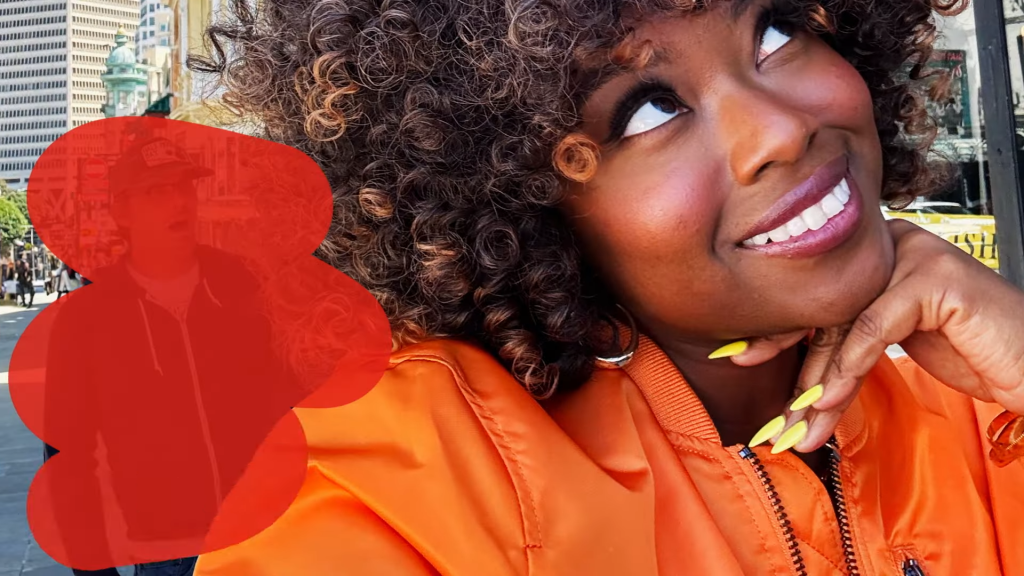The Challenge of Unwanted Objects in Photography
Every photographer, from hobbyists to professionals, has faced the frustration of capturing the perfect shot, only to discover an unwanted object in the frame. Whether it’s a stray branch in a landscape, a distracting sign in a cityscape, or an accidental photobomber in a portrait, these elements can detract from the overall impact of the image.
Traditionally, removing these objects required painstaking work using tools like the clone stamp, healing brush, or content-aware fill. These techniques often involved careful masking, multiple attempts, and a significant investment of time and effort. Even with advanced editing skills, the results could sometimes appear unnatural or inconsistent with the surrounding image.
The Power of Adobe Firefly AI
Enter Adobe Firefly, a revolutionary AI technology that has been making waves in the world of image editing. Introduced in 2020, Firefly uses sophisticated algorithms to analyze and understand the content and context of an image, enabling more precise and intelligent adjustments.
With Firefly, Adobe laid the foundation for features like selective adjustments and selective sharpening, which allow photographers to make targeted changes to specific areas of an image without affecting the rest of the frame. This level of precision and control marked a significant step forward in AI-assisted photo editing.

Generative Remove: The Next Frontier in AI Editing
Building upon the capabilities of Firefly, Adobe has now introduced Generative Remove, a tool that takes AI-powered object removal to new heights. Using a technique called generative AI, Generative Remove intelligently fills in the gap left by a removed object, creating a seamless and natural-looking result.
The process is simple yet powerful:
- Select the object: The photographer selects the unwanted object they wish to remove from the image.
- AI analysis: Generative Remove, powered by Firefly, analyzes the surrounding area, taking into account the textures, patterns, and lighting conditions.
- Pixel generation: Using the information gathered from the analysis, Generative Remove creates new pixels that blend seamlessly with the background, effectively erasing the object from the image.
The result is a clean, polished photograph that looks as if the unwanted object was never there in the first place.
The Benefits of Generative Remove
Generative Remove offers several key advantages over traditional object removal techniques:
- Speed and efficiency: With just a single click, Generative Remove eliminates the need for time-consuming manual editing, allowing photographers to focus on the creative aspects of post-processing.
- Preservation of detail: Unlike content-aware fill, which can sometimes produce blurry or smudged results, Generative Remove aims to maintain the integrity and sharpness of the background details.
- Versatility: Whether dealing with a busy street scene or a product photo with an unwanted reflection, Generative Remove can handle a wide range of scenarios, adapting to different image types and complexities.
Early Access and Future Potential
Currently, Generative Remove is available in early access across Lightroom mobile, web, and desktop versions. This allows Adobe to gather valuable user feedback and refine the technology based on real-world usage.
Looking ahead, the possibilities for Generative Remove are exciting. Future iterations could potentially include:
- Automatic object recognition: The tool may evolve to automatically detect and suggest the removal of common unwanted elements, such as power lines or crowds.
- Fine-tuning controls: Users may be given more granular control over the AI-generated content, allowing them to refine the details of the replacement pixels to their liking.
- Integration with other tools: Generative Remove could be combined with other AI-powered features in Lightroom, creating a seamless and intuitive editing workflow.
The Rise of AI in Photo Editing
The introduction of Generative Remove marks a significant milestone in the evolution of photo editing. AI is no longer limited to basic adjustments or enhancements; it is now actively participating in the creative process, assisting photographers in achieving their desired results more efficiently.
As AI technology continues to advance, we can expect to see even more powerful and sophisticated tools emerge, blurring the lines between human creativity and machine intelligence. However, it is essential to remember that AI is not a replacement for the photographer’s artistic vision and skill. Rather, it is a tool that empowers photographers to bring their ideas to life with greater ease and precision.
Ethical Considerations and Responsible Usage
With the power of AI-assisted editing comes the responsibility to use it ethically and transparently. Generative Remove, like any advanced editing tool, raises questions about the potential for image manipulation and the blurring of reality.
As photographers, it is crucial to be transparent about the use of AI tools like Generative Remove. Audiences have a right to know if an image has been significantly altered, and it is the photographer’s responsibility to communicate this clearly.
Furthermore, the ease of removing objects should not overshadow the importance of intentional composition and storytelling in photography. Generative Remove should be used to enhance the photographer’s artistic vision, not to replace the fundamental principles of good photography.
Conclusion: A New Era of Collaborative Editing
Adobe’s introduction of Generative Remove in Lightroom, powered by Firefly AI, represents a significant step forward in the world of photo editing. By harnessing the power of generative AI, this innovative tool simplifies the process of removing unwanted objects, saving photographers valuable time and effort.
As we move into a new era of AI-assisted editing, the collaboration between human creativity and machine intelligence will continue to evolve. Tools like Generative Remove will empower photographers to push the boundaries of their craft, creating stunning images that captivate and inspire.
However, with great power comes great responsibility. As photographers, we must use these tools ethically, transparently, and in service of our artistic vision. By embracing the potential of AI while maintaining our commitment to the fundamental principles of photography, we can navigate this exciting new landscape and create truly remarkable images.
















Add Comment